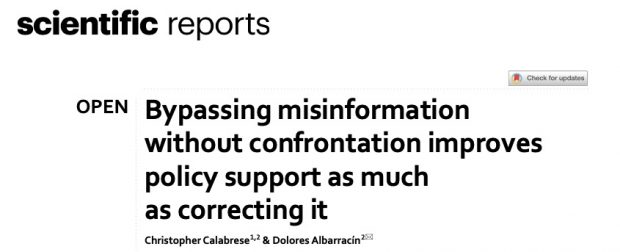the grand-grandson of George Boole and 2018 Turing award winner
the timestamps were generously created by @carson_tang
2:45 – why mainstream AI in the 1980s shunned neural networks
3:21 – Hinton believed in neural networks because the brain worked this way
4:31 – two different paths to intelligence
6:15 – lack of data and compute that impeded deep learning’s progress
8:57 – the start of deep learning in 2006
10:04 – two big deep learning developments: speech recognition at Google and object recognition at University of Toronto
10:49 – how object recognition works in layman’s terms
15:47 – breakthroughs in object recognition influencing the AI community
18:28 – why Hinton likes the company Cohere
19:20 – biological brains vs digital brains
21:39 – ChatGPT as an “idiot savant” with a lack of understanding of truth
24:56 – how society should handle this new AI
30:52 – self-healing minefield proposed by the government
31:43 – how to create an effective autonomous solder and the alignment problem
33:12 – are large language models “just autocomplete”? Are humans “just autocomplete”?
33:52 – translating “The trophy would not fit in the suitcase because it was too big” into French. English-French translation and the insights it provides into LLMs’ understanding of the world
35:50 – computers coming up with new ideas for itself
37:00 – AI displacing jobs
38:15 – how big of a revolution is AI?
40:37 – is AI sentient?



